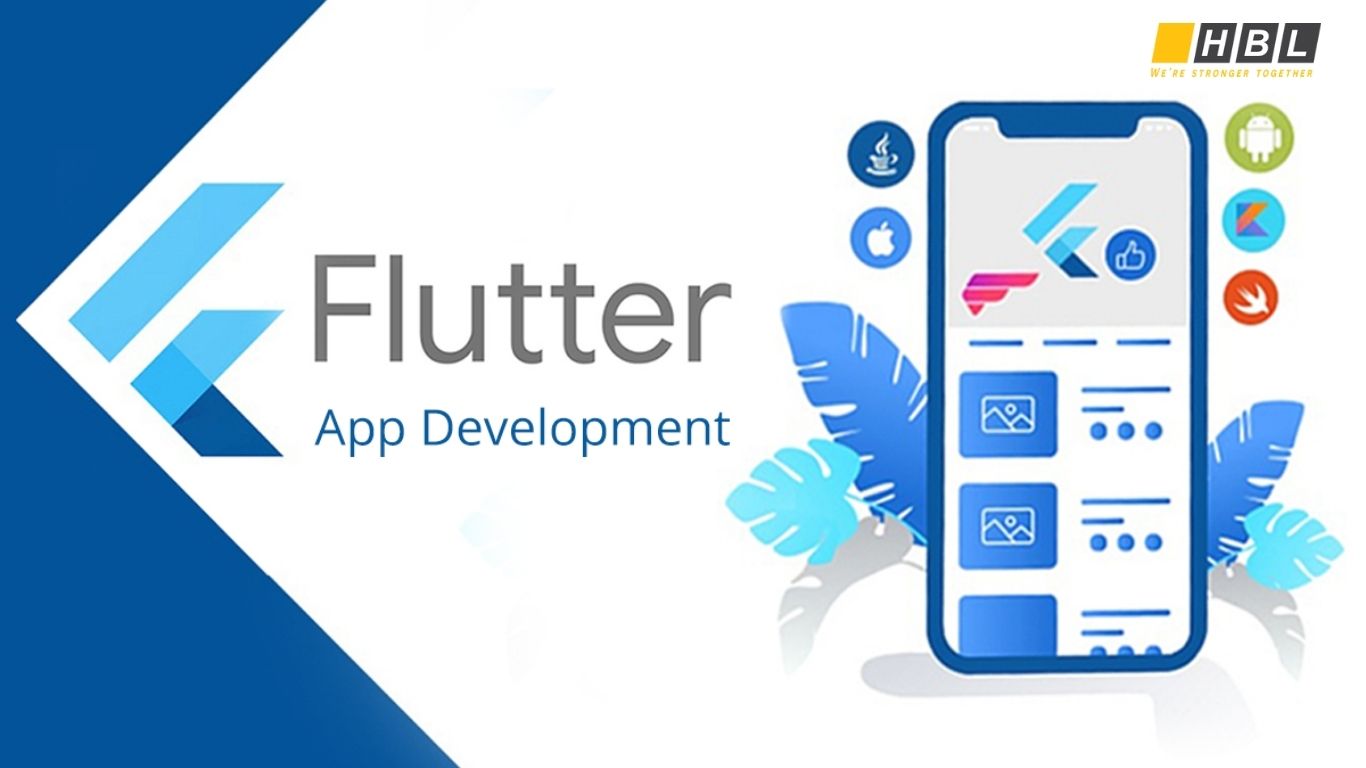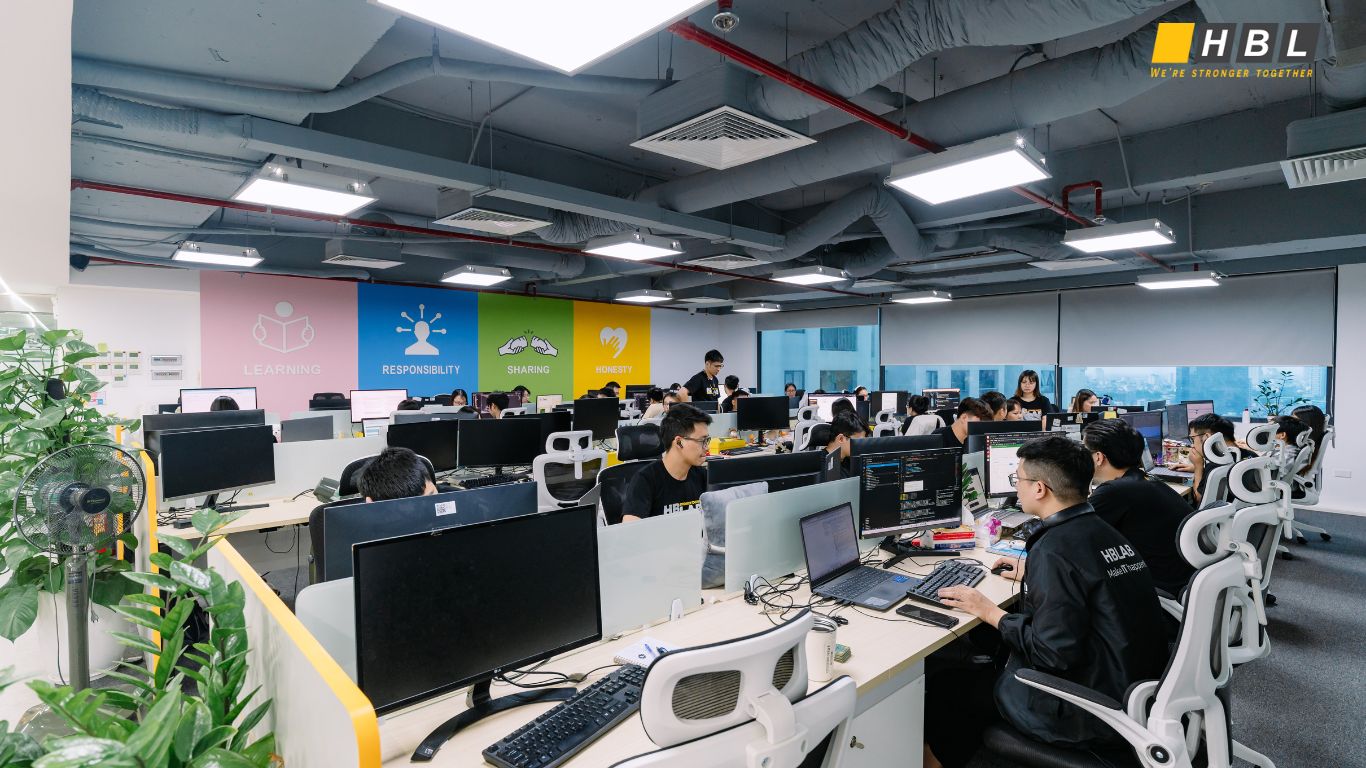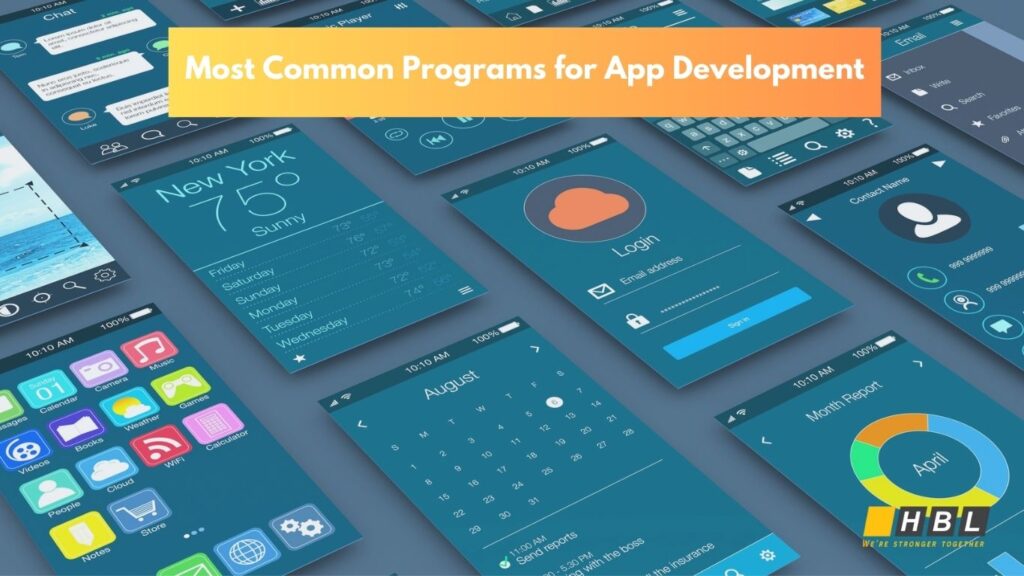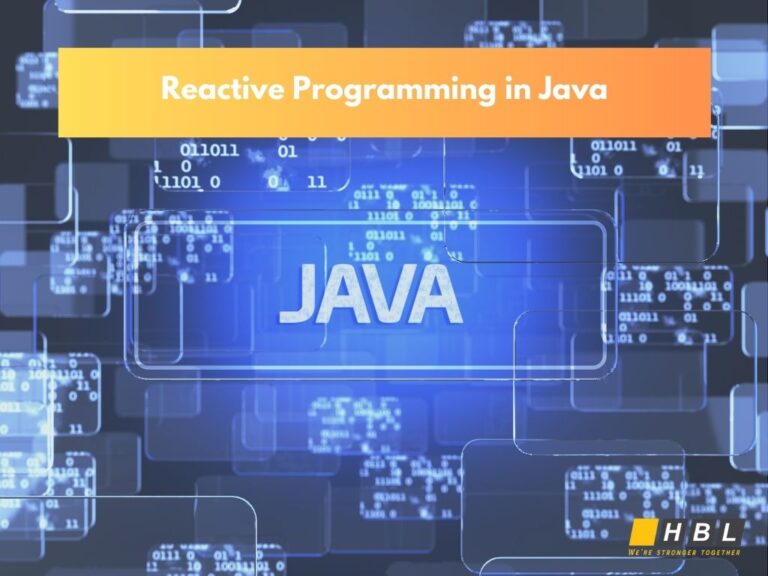In today’s fast-paced digital world, choosing the right programming language is essential for building high-quality applications. Here are the top programming languages that are leading the global app development scene, each offering unique features that cater to different needs and platforms.
Top Programming Languages for App Development Worldwide
1. JavaScript: The Universal Language of the Web
JavaScript remains one of the most powerful and widely-used languages for both web and mobile app development. It’s the core of web development, enabling interactive and dynamic user experiences on websites. With the rise of React Native, JavaScript has expanded its reach, allowing developers to create cross-platform mobile apps that run on both iOS and Android using the same codebase. This language’s flexibility, combined with a vast ecosystem of frameworks and libraries, makes it a top choice for developers worldwide.
- Key Strengths: Cross-platform development, active community, large number of frameworks (e.g., React, Angular, Vue), and ability to handle both client-side and server-side development.
- Popular Apps: Facebook, Instagram, Twitter (React Native).

2. Python: Simplicity Meets Power
Python is renowned for its simplicity and readability, making it an ideal choice for developers at all skill levels. While it’s widely used in backend development and data science, its role in app development is becoming more prominent through frameworks like Kivy and BeeWare. Python’s clean syntax and large collection of libraries make it a versatile tool for developers building apps that need to integrate with AI, machine learning, or data processing.
- Key Strengths: Easy-to-learn syntax, extensive libraries (e.g., TensorFlow for AI), and strong performance for backend systems.
- Popular Apps: Dropbox, Instagram, Spotify (backend services).
> > Read more: Go Programming Language vs. Python: A Comparative Analysis
3. Java: The Backbone of Android Development
Java is a cornerstone of Android development, used in building reliable, scalable, and secure apps for billions of devices worldwide. Even with the rise of Kotlin, Java remains the go-to language for many Android developers due to its robustness and long-standing position in the industry. Java’s performance and portability make it a great choice for building apps that require high efficiency and complex functionality.
- Key Strengths: Platform independence (write once, run anywhere), extensive libraries, large developer community, and mature ecosystem.
- Popular Apps: WhatsApp, LinkedIn, Netflix.
These languages are foundational to the global app development ecosystem. Each has its own strengths, and the choice between them depends on the specific needs of a project, such as platform compatibility, developer expertise, and app complexity.
Singapore’s Preferred App Development Tools
Singapore’s tech scene is thriving, and the choice of app development tools reflects the city-state’s forward-thinking approach to building scalable, high-performance mobile applications. Developers in Singapore prefer tools that enhance productivity, deliver excellent user experiences, and are supported by vibrant communities. Here are the most popular app development tools in Singapore:
4. Kotlin: Modernizing Android Development
Kotlin has rapidly gained traction in Singapore as the go-to language for Android app development. Endorsed by Google as the preferred language for Android, Kotlin offers modern features like null safety, concise syntax, and improved code readability. These features not only streamline the development process but also reduce the risk of common errors, making it easier for developers to build reliable and efficient Android apps.
- Why It’s Popular in Singapore: Kotlin is seen as a more modern and safer alternative to Java, making it an attractive choice for developers who want to reduce boilerplate code and increase productivity.
- Key Strengths: Interoperability with Java, reduced errors due to null safety, improved developer productivity, and official support by Google.
- Popular Apps Built with Kotlin: Pinterest, Uber, Evernote.

5. Swift: Crafting Seamless iOS Experiences
For iOS app development, Swift remains the language of choice in Singapore, thanks to its performance, safety, and ease of use. Swift was designed by Apple to provide a more efficient and developer-friendly alternative to Objective-C. It has quickly become the dominant language for building apps across the Apple ecosystem, including iOS, macOS, watchOS, and tvOS.
- Why It’s Popular in Singapore: Swift’s performance and safety features make it ideal for developing high-quality, fast, and secure iOS apps. It’s especially popular in fintech, healthcare, and lifestyle app development due to Singapore’s strong emphasis on innovation in these sectors.
- Key Strengths: Speed, safety (prevents errors like null pointer exceptions), and easy integration with Apple’s ecosystem.
- Popular Apps Built with Swift: LinkedIn, Lyft, Instagram.
6. React Native: Bridging Platforms with JavaScript
In Singapore’s tech ecosystem, React Native is gaining momentum for its ability to create cross-platform apps with a single codebase. Developed by Facebook, React Native allows developers to use JavaScript to build apps that run on both iOS and Android, providing a cost-effective solution for businesses looking to reach both platforms without doubling their development efforts.
- Why It’s Popular in Singapore: React Native is popular among startups and enterprises in Singapore because of its ability to speed up development cycles, reduce costs, and provide a near-native performance experience. Its use of JavaScript also makes it easier for web developers to transition to mobile app development.
- Key Strengths: Single codebase for multiple platforms, fast development cycles, strong community support, and performance similar to native apps.
- Popular Apps Built with React Native: Facebook, Airbnb, Walmart.
Australia’s Top App Development Choices
Australia’s tech industry is embracing innovative app development tools that support efficient, scalable, and cross-platform solutions. With a focus on flexibility and performance, developers in Australia are increasingly turning to Flutter and Xamarin for building modern applications. These tools are perfect for teams aiming to deliver high-quality user experiences across different platforms, all while optimizing time and resources.
7. Flutter: Google’s UI Toolkit for Natively Compiled Apps
Developed by Google, Flutter has become one of the top choices for app development in Australia. Flutter’s ability to compile apps natively for multiple platforms (iOS, Android, web, and desktop) using a single codebase has made it highly appealing to developers. It allows for fast development with hot-reload functionality, enabling developers to see changes instantly without restarting the application. Flutter’s use of the Dart programming language and its rich set of pre-designed widgets gives developers complete control over the look and feel of their apps.
- Why It’s Popular in Australia: Flutter’s ability to streamline app development and reduce time-to-market is highly valued, especially by startups and enterprises looking to build cross-platform apps efficiently. The rich ecosystem of widgets and tools enables developers to create smooth, visually appealing apps without the need for platform-specific adjustments.
- Key Strengths: Fast development cycles, high performance, rich set of customizable UI elements, strong community support.
- Popular Apps Built with Flutter: Google Ads, Alibaba, Reflectly.

8. Xamarin: Microsoft’s Solution for Cross-Platform Development
Xamarin, a Microsoft-owned platform, continues to be a strong contender in Australia’s app development landscape. Xamarin allows developers to build cross-platform apps using C# and the .NET framework, which is especially attractive to developers already familiar with the Microsoft ecosystem. Xamarin’s native performance and access to platform-specific APIs make it a powerful tool for building apps that can run seamlessly on both iOS and Android, with a shared codebase.
- Why It’s Popular in Australia: Xamarin is widely used in industries like finance, healthcare, and enterprise mobile apps due to its strong integration with the Microsoft ecosystem and the flexibility of C#. Australian developers often choose Xamarin to create high-performance, scalable apps that integrate well with cloud services and backend systems.
- Key Strengths: Single codebase for iOS, Android, and Windows, native performance, deep integration with Microsoft tools, strong enterprise support.
- Popular Apps Built with Xamarin: UPS, The World Bank, Olo.
Trends and Future Outlook
The app development landscape is evolving rapidly. Here are the key trends shaping the future:
1. Cross-Platform Development
Cross-platform tools like Flutter, React Native, and Xamarin are becoming increasingly popular, allowing developers to write a single codebase for multiple platforms, reducing development time and costs.
- Future: Expect even more seamless integrations and native-like performance across platforms.
2. AI and Machine Learning Integration
AI and ML are enhancing apps with features like personalized recommendations, voice recognition, and predictive analytics.
- Future: Smarter, adaptive apps will become the norm, integrating seamlessly with voice assistants and smart devices.

3. Progressive Web Apps (PWAs)
PWAs offer fast, app-like experiences directly from a browser, cutting down on app store dependency.
- Future: PWAs will be even more powerful with offline support and access to device hardware.
4. No-Code and Low-Code Platforms
No-code platforms are making app development accessible to non-technical users, speeding up prototyping and deployment.
- Future: Expect AI-driven features to enhance these platforms, making app building even easier.
5. App Security
As apps handle sensitive data, security features like two-factor authentication (2FA) and encryption are becoming standard.
- Future: Blockchain and AI will enhance security, providing real-time threat detection.

6. 5G Impact
The rollout of 5G networks will enhance app performance, particularly for real-time gaming, streaming, and AR/VR applications.
- Future: Expect immersive experiences and faster data transfers in apps built for 5G.
7. AR/VR Integration
Augmented Reality (AR) and Virtual Reality (VR) are making apps more immersive, especially in gaming, e-commerce, and education.
- Future: AR/VR will expand into new sectors like healthcare and retail, transforming user experiences.
8. App Store Optimization (ASO)
With app store competition growing, ASO tools will help apps gain visibility and reach their target audience.
- Future: AI-driven ASO and user behavior analytics will refine marketing strategies and app discovery.
How to pick the right cross-platform framework?
Cross-platform app development involves building applications that can run on multiple operating systems (primarily Android and iOS) using a single codebase. This approach offers several advantages, including:
- Reduced Development Costs
- Faster Time-to-Market
- Wider Audience Reach
- Simplified Maintenance.
- Consistent User Experience
Key Factors to Consider When Choosing a Framework
Selecting the right cross-platform framework requires careful evaluation of several factors:
1. Project Requirements:
-
- App Complexity: Simple apps might work well with basic frameworks, while complex applications with demanding features might require more robust options.
- Performance Needs: If your app requires high performance, such as games or applications with intricate animations, consider frameworks known for their near-native performance.
- UI/UX Requirements: Determine how crucial a native-like user interface is for your app. Some frameworks excel at providing highly customizable and platform-specific UIs.
- Required Native Features: If your app needs access to specific device features and APIs, ensure the framework provides seamless integration.
2. Team Expertise:
-
-
- Programming Language Proficiency: Choose a framework that aligns with your team’s existing skills. For example, if your team is proficient in JavaScript, React Native or Ionic might be suitable. If they have experience with C#, .NET MAUI could be a good choice.
- Familiarity with Framework Tools and Libraries: Consider your team’s experience with the framework’s ecosystem, including its tools, libraries, and development practices.
- Learning Curve: Evaluate the time and effort required for your team to learn and become proficient with a new framework.
-
3. Performance:
-
- Some frameworks compile code to native code, offering excellent performance (e.g., Flutter, React Native, .NET MAUI).
- Others use web technologies rendered within a WebView, which might have some performance limitations for complex tasks (e.g., Ionic, Cordova).
4. UI Customization:
-
- Frameworks like Flutter and .NET MAUI provide extensive libraries of customizable widgets, allowing for highly tailored user interfaces.
- React Native allows integration of native UI components for a more platform-specific feel.
5. Community Support and Ecosystem:
-
- A large and active community provides better support, extensive documentation, third-party libraries, and readily available solutions to common problems.
- Consider the maturity and stability of the framework and the availability of learning resources.
6. Framework Maturity and Stability:
-
- Established frameworks with a proven track record are generally more reliable and have a larger ecosystem.
- Check how frequently the framework is updated and maintained.
7. Cost and Licensing:
-
- Most popular cross-platform frameworks are open-source and free to use. However, some might have associated costs for enterprise features or specific tools.
HBLAB – Vietnam’s Leading App Optimization Provider
HBLAB is ranked among the Top 10 IT Outsourcing companies in Vietnam. With over 10 years of experience in the IT and software development industry, HBLAB has become a trusted technology partner for businesses worldwide. We specialize in comprehensive app optimization services—enhancing performance, UI/UX, loading speed, security, and scalability—to help businesses deliver seamless digital experiences and boost user engagement.

Our team of skilled engineers brings together deep technical expertise and market understanding to develop solutions tailored to each client’s goals. Guided by our commitment to being “Your Trusted Tech Partner,” HBLAB delivers efficient, future-proof, and high-performing mobile app solutions that empower Vietnamese and global enterprises to thrive in the digital era.

See more:
Top iOS Development Programming Languages: Choosing the Best for Your App




